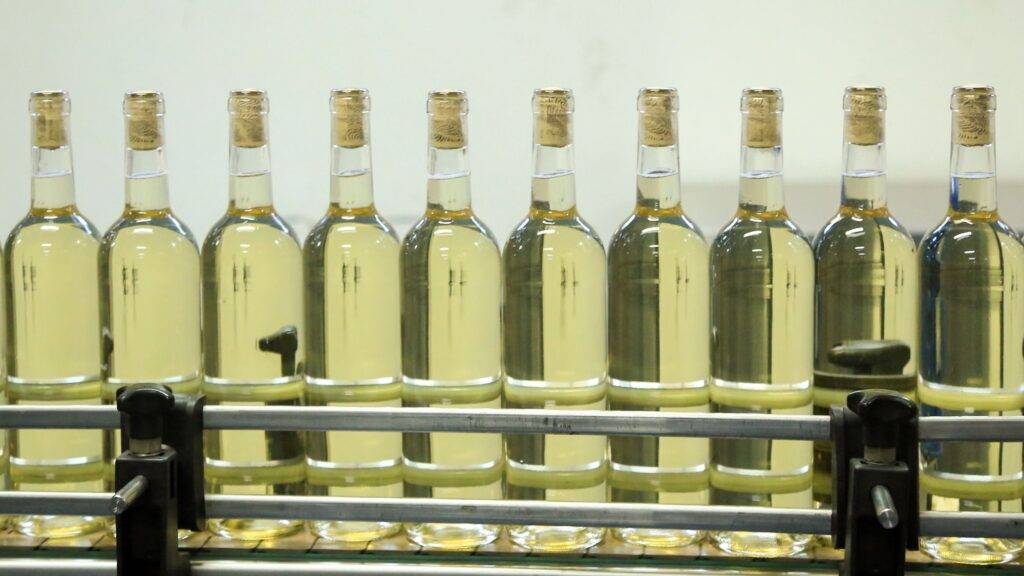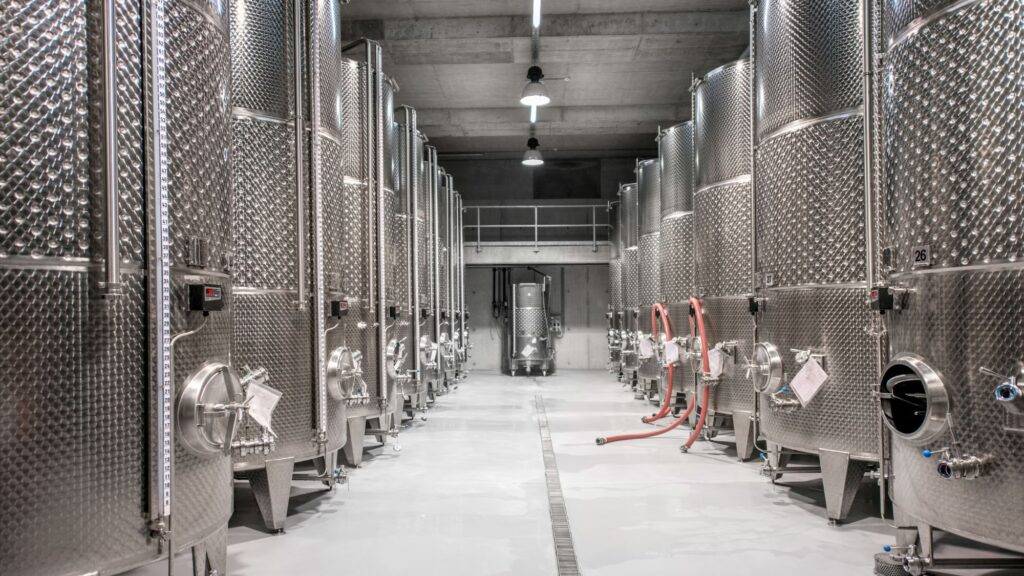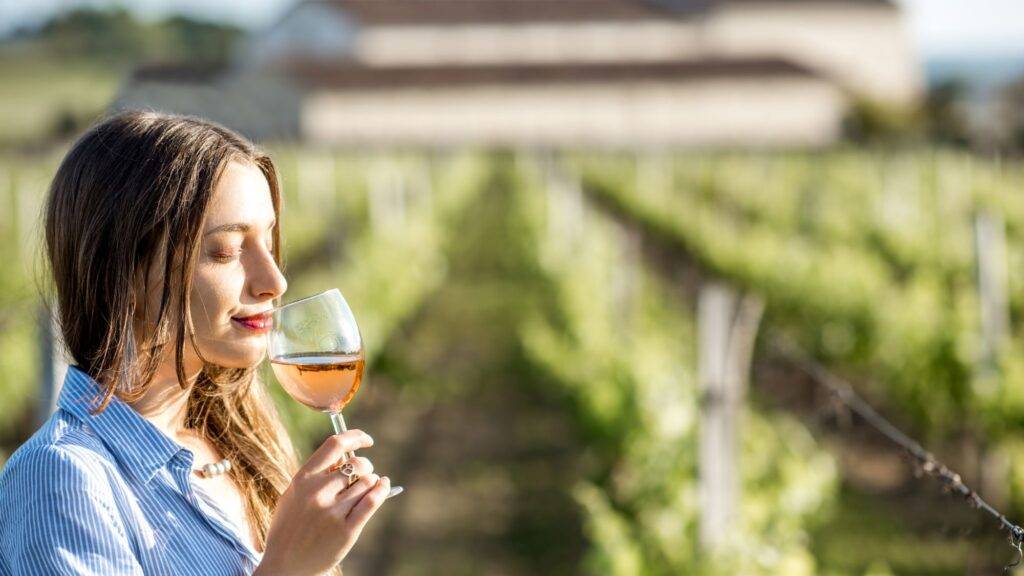Alcohol-free wine: Is it the future? What we know for sure is that the years we are living in are characterized by a strong focus on health and fitness. It’s no coincidence that, in the face of a rather generalized decline in alcohol sales, a niche of “health-conscious” consumers has emerged who don’t want to give up the pleasure of wine.
The growing interest in alcohol-free or low-alcohol wines is under the spotlight of producers and governments. While some winemakers and more conservative countries are raising barriers, many others are already prepared with legislation that favors the production of dealcoholized wines. Let’s discover how alcohol-free wine is made, where this demand comes from, and what the consumption prospects are.
Trends and Motivations
Trends towards a healthier and more conscious lifestyle have prompted many consumers to carefully examine their relationship with alcohol. The desire to reduce alcohol consumption for health reasons or simply to enjoy an extra glass without worries has led to an increased demand for low-alcohol alternatives.
For years now, we’ve been accustomed to finding alcohol-free beer on supermarket shelves. In Italy, this has puzzled purists, but it hasn’t caused any major alarms. On the contrary, manufacturing companies have capitalized on this demand and received a good return. But can alcohol-free wine be called wine? Let’s immediately clarify that in Italy the matter isn’t regulated, and we’ll delve deeper into this issue later. However, we know that dealcoholization is already allowed for wines with Protected Geographical Indication (PGI) and Protected Designation of Origin (PDO). Total dealcoholization refers to when the alcohol volume is below 0.5%.
Laws on Alcohol-Free Wine
The only reference law in this matter is a European Regulation from 2013, which establishes the free circulation of this product in the common market and defines its production parameters so as not to alter the organoleptic qualities of wine. The regulation emphasizes clear labeling communication to inform consumers about the nature and quality of the product.

However, it’s important to note that specific regulations may vary slightly from country to country within the European Union. In Italy, for example, producers are not allowed to produce alcohol-free wine in their facilities because they are not permitted temporary possession of the alcohol generated by the separation process. This is the biggest hurdle for the development of this sector in Italy. Some companies that have shown interest in experimenting have already stated that they had to ship their wine abroad, to countries where dealcoholization is regulated differently, and then reimport the finished product.
How Alcohl-Free Wine is Produced
Producing alcohol-free or low-alcohol wine presents unique challenges for winemakers and oenologists. While the fermentation process is fundamental to wine creation, it’s possible to intervene to control the level of alcohol produced. This can be achieved at different stages, such as harvesting grapes before they reach their maximum sugar potential, using low-temperature fermentation techniques, or subjecting the wine to dealcoholization processes.

There are several methods to remove alcohol from wine. Here are some of the main ones:
- Vacuum evaporation: This method involves heating the wine to temperatures below its normal boiling point under vacuum. Since alcohol has a lower boiling point than water, it can be separated from the wine through evaporation. The alcohol vapor is then condensed and removed, leaving behind dealcoholized wine.
- Reverse osmosis: This process uses a semipermeable membrane to separate alcohol from wine. The wine is pressurized and passed through the membrane, which retains alcohol and other larger molecules, allowing water and other substances to pass through. The result is wine with reduced alcohol content.
- Activated carbon filters: This method involves passing the wine through activated carbon filters that absorb alcohol. The wine can be recirculated through the filters until the desired level of alcohol reduction is achieved.
- Membrane pressing: This process uses membranes to separate alcohol from wine. The wine is pressurized and passed through membranes that allow alcohol and other smaller molecules to pass through, while retaining larger molecules such as water and aromatic compounds.
- Low-temperature heating: In this method, the wine is heated to relatively low temperatures to evaporate alcohol. Since alcohol has a lower boiling point than water, it can be removed without causing significant damage to the wine’s aromatic components.
These are just some of the main methods of wine dealcoholization, and the choice of method often depends on the producer’s preferences and the nature of the wine itself. It’s worth saying, finally, that organic or natural wine, by regulation, cannot undergo these types of processes.
The Alcohol-Free Wine Market
While in the past alcohol-free or low-alcohol wines may have been viewed with suspicion or considered compromises in quality, acceptance and appreciation of these alternatives are rapidly increasing.
A study published by Wine Intelligence nel 2022 found that a third of consumers in major markets such as the United States, Japan, Australia, and Switzerland expressed willingness to drastically reduce alcohol consumption. At the same time, European countries have seen an actual decline in annual alcohol consumption. This is particularly true for younger audiences who frown upon the side effects of alcohol. Furthermore, more than half of the world’s population does not consume alcohol for dietary or even religious reasons. Why not tap into these market segments with alcohol-free wine?
All indicators presented at Vinitaly 2024 by the Federvini Observatory highlight a growth in sales of dealcoholized wines in the USA (+16%), Germany, and the United Kingdom (+6%) in 2023 compared to 2021. In Italy, as well as in France, the introduction of dealcoholization techniques has left governments and producers quite puzzled. However, the lack of openness to these production techniques leaves the two largest wine producers in the world in a position of strong competitive disadvantage.

Youth, Lifestyle, and Change
Interest in alcohol-free or low-alcohol wines represents a significant trend in the modern wine world. As consumers continue to seek lighter and more mindful tasting experiences, producers are responding. This evolution in the wine industry reflects a broader shift towards a more balanced and conscious lifestyle, offering wine lovers a wide range of options to explore and enjoy.
In support of this reflection, we cite a recent survey by TradeLab among Italian consumers.
When asked about the phenomenon of low-alcohol wines, almost half of the sample stated they were aware of the existence of alcohol-free or low-alcohol wines, although only a small minority, 5%, said they had tried them. 33% expressed interest in consuming wines with low alcohol content or without alcohol, especially among the younger age groups, although 57% of respondents did not show favorability. 45% of the sample, particularly the young, are convinced that the low alcohol trend will change the mix of beverage consumption in the coming years; the percentage drops to 37% for dealcoholized products.i.
Source: Federvini 2024 – TradeLab Survey














